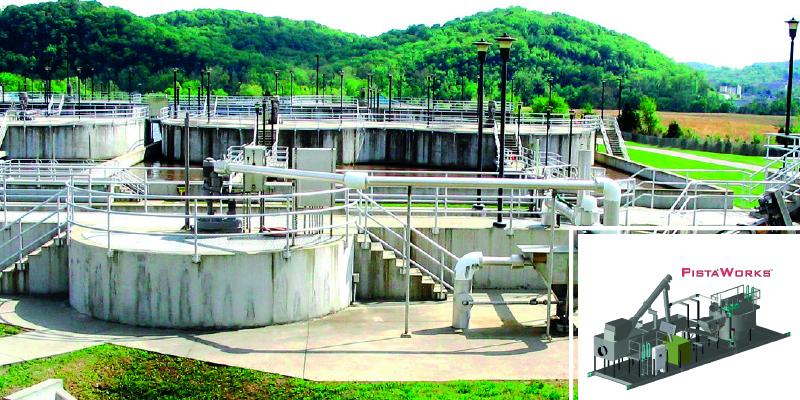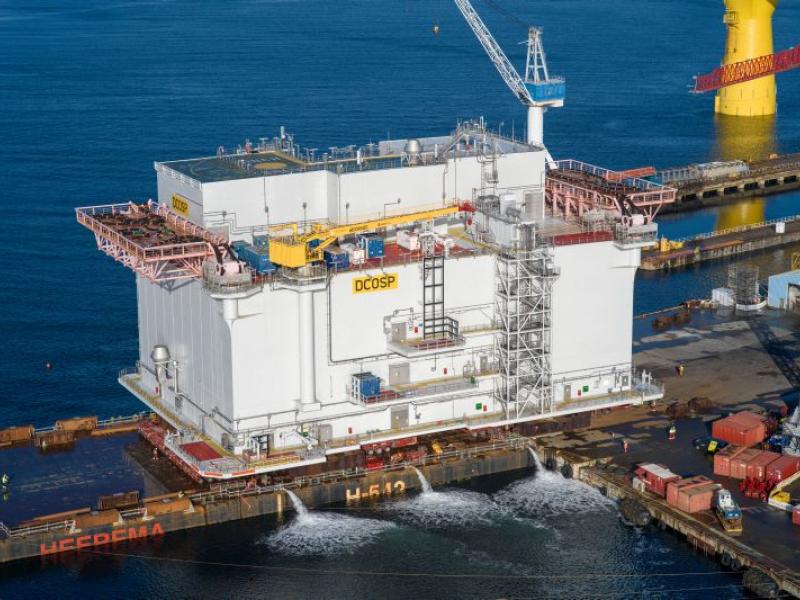High performance solutions with low environmental and energy impacts.
Two of the big hits for exhibitor CST Wastewater Solutions at this year’s Ozwater international water conference were advanced Smith and Loveless grit removal technologies and environmentally harmonious KDS wastewater treatment technologies for industrial, manufacturing and local authority applications.
“We have already got a pilot test arranged for a major food and beverage company interested in the KDS technology, while we also had strong interest from local authorities in the high-performance grit removal technologies, which are relevant throughout Australasia and the Asia-Pacific,” said CST Wastewater Solutions Managing Director Michael Bambridge.
This world-proven Smith and Loveless PISTA 360 technology – which CST Wastewater Solutions has incorporated into ‘highly successful’ applications in flood-prone and sandy areas – removes 95 percent of grit as small as 105 microns (140 mesh).
“We were very fortunate to have Joe Gill, General Manager at Smith & Loveless NZ Ltd, on hand to join us in explaining how this fine grit technology has been highly successfully globally in helping to curtail issues such as blockages, sewage overflows and flooding issues.
“We were able to show how this technology has helped councils in flood-prone areas and in sandy areas. Grit is a perennial problem to all those councils with WWTPs serving the 80 percent of Australia’s population living within 50km of the coast, so the technology was warmly received,” said Bambridge, who was accompanied by New Zealand Manager, Pieter Groenewegen.
Currently Peter Bambridge is providing the engineering expertise behind one of the first Australasian applications on pristine Lord Howe Island of an installation incorporating KDS technology that cuts maintenance, energy demands and OH&S issues.
The two-stage system – suitable for smaller, remote and ecologically sensitive community, municipal, agribusiness and industrial applications – was selected by the Island Board of Lord Howe after extensive testing to determine the best solution for the management and disposal of waste generated on the island.
“It uses a combination of coarse and fine screening and advanced dry compaction KDS separator technology to produce a more hygienic and more compact output that is easier to handle and transport. The system is more economical, compact and uses less energy and minimal water compared to alternative systems,” says, Michael Bambridge.
“Food and beverage manufacturers at Ozwater – including also brewers and agribusiness processors – could immediately see the advantages of reduced environmental, reduced maintenance and higher cost efficiency. That was a highlight for us.
“The installation on Lord Howe illustrates the efficiency of the best screening technology now available as well as the clog-free automatic liquid-to-solid waste KDS separator.”
Japanese-manufactured and Australian-engineered KDS systems – for which CST Wastewater Solutions is exclusive distributor – are being introduced to the Asia-Pacific for compact dewatering applications ranging from food processing, food waste, grease trap and waste oil through to municipal wastewater sludge, livestock manure and agribusiness processes.
The compact KDS multi-disc roller separator features a unique self-cleaning dewatering and conveying system with oval plate separation and transfer structure that prevents clogging and permits automatic continuous operation that handles oily and fibrous material with ease.
The compact rotational oval plate structure achieves high transportation and separation efficiencies, while the simplicity of the machine’s overall structure offers low maintenance, achieving cost and OH&S benefits through less handling being required to clear hazardous materials.
Applications for which the separator is designed include:
• Food processing waste, including snack foods, kitchen and restaurant waste, raw wastewater (primary screening) and sludge.
• Sewage treatment, including raw wastewater (primary screening) and sludge to landfill.
• Abattoir, feedlots, and dairy farm wastewater and sludge. Cattle manure cake dryness of 25-35 percent is typically achieved.
• Pig farm raw manure and sludge, with cake dryness of 20-30 percent.
• Barrel polishing water, water-based paint wastewater, grease trap waste, dyeing wastewater, waste oil, and plastic recycling.
• Seafood processing.
Details, Michael Bambridge E-mail: info@cstwastewater.com www.cstwastewater.com






